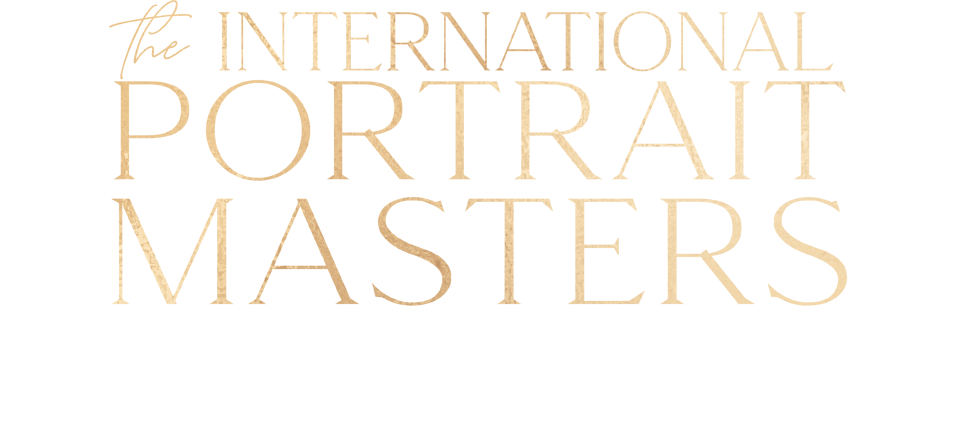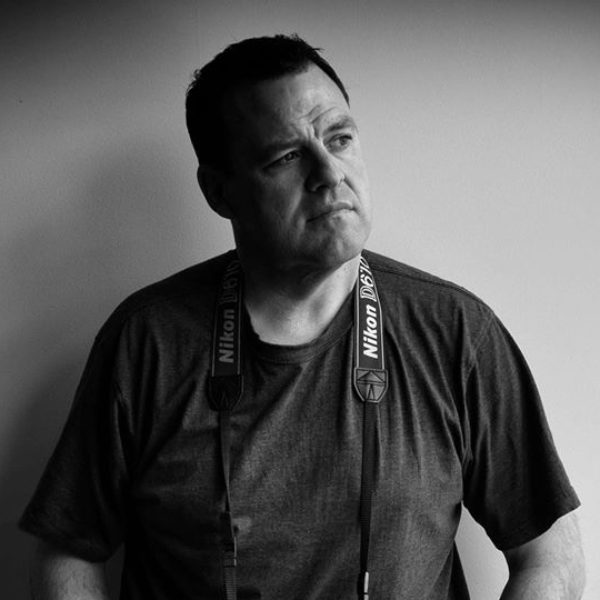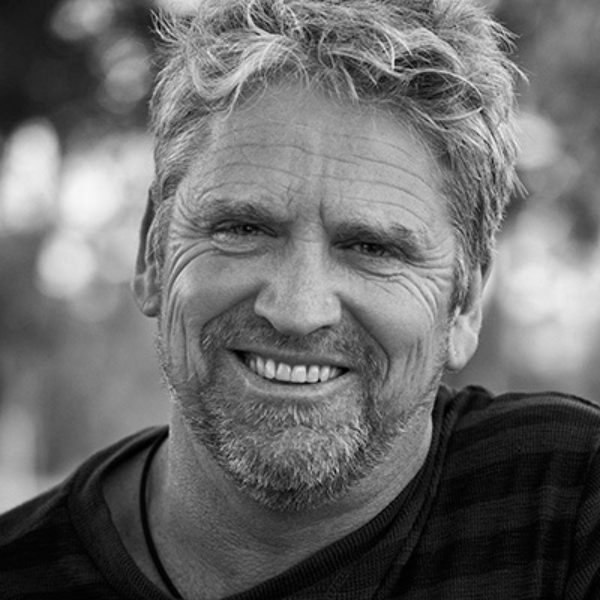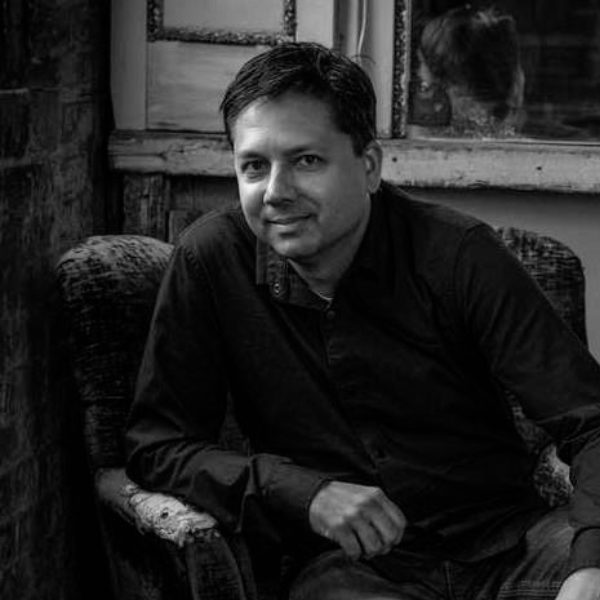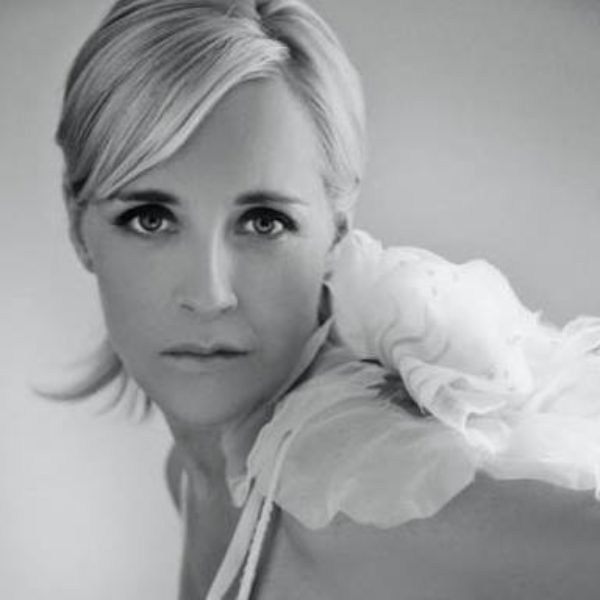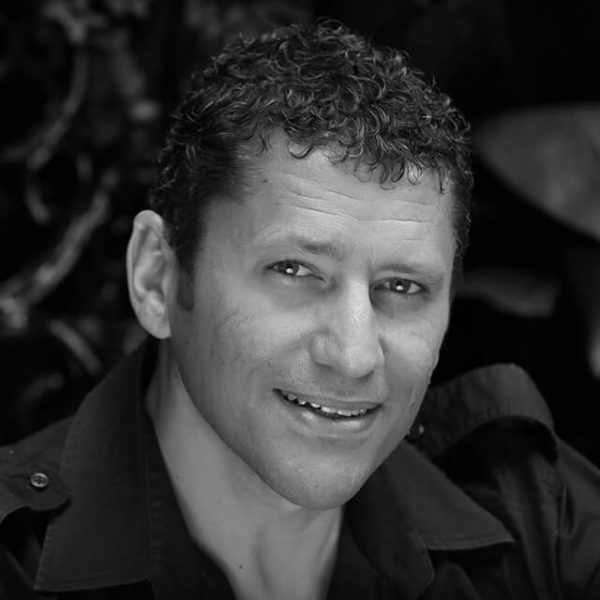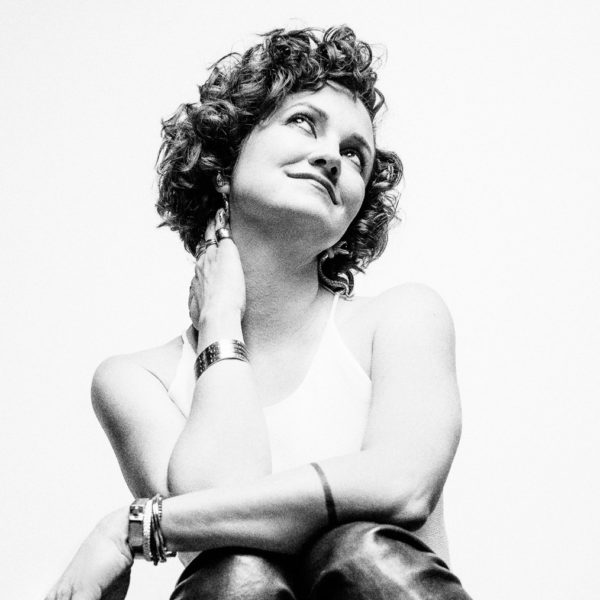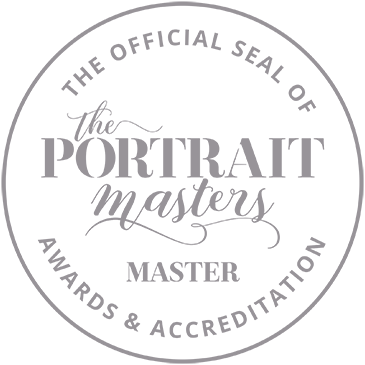Judging Criteria
Portrait photographers frequently ask us what it takes to reach high professional standards. Below we lay out the judging criteria and some things to avoid in order to maximize your score. Members of The Portrait System can also watch image critiques from our judges to learn more about what makes an award-winning image.
Expression and Connection
Mastering expression and facilitating connection is extremely important in professional portrait photography. It sets the entire mood for the image and tells the story. A good, beautiful connection is essential in creating images of high professional standards.
Common issues with expression and connection:
- Stern, blank and/or disconnected look on the subject
- Eye expression needs softening
- Subject looks uncomfortable
- Forehead too tense or frowning
- Lips or chin are tense and need to relax
- Too big of a smile or forced smile
- Eyebrows need to relax or be softened
- The expression doesn’t match the pose
Styling
It’s important to choose the perfect clothing, hair, and makeup to compliment your subjects, location, lighting, and/or studio set up.
Common issues with styling:
- Clash of warm tone and cold tone between clothing and background
- Too many or distracting accessories
- Too many patterns
- Styling props are too distracting (large, colorful, etc, taking away from the portrait)
- Lashes aren’t positioned correctly or blended into the lash line
- Hair blowing on straight hair or bangs is unflattering or is too intense
Composition
Good composition directs the eye to the subject without distraction. Creating good composition in any situation is essential to creating images of high-professional standards.
Common issues with composition:
- Cropped too tight
- Cropped at joint
- Too much negative space on the sides
- Too much room overhead
- Negative space wrongly placed
- Negative space better on subjects front
- Negative space better on subjects back
- Shooting down on subject instead of at eye line
- Shooting UP on subject
- The subject is not composed well in their environment
- Something is sticking out from behind their head
- Lines and shapes leading and/or dissecting subjects head and neck area
Posing
Posing is one of the most important parts of being a portrait photographer. You MUST be able to pose men and women of all different body types if you want to reach professional standards.
Common issues with posing:
- Posing looks uncomfortable
- Hands are unnecessary or need work
- Back of hands too prominent
- Unflattering face angles
- Need to elongate the neck
- Arms flat against the body
- Chin needs to be forward
- Chin too far down or up
- People are not posed together very well
Lighting
Understanding lighting — when and how to use it properly — is pivotal to creating perfect portraits and grow your photography business. It creates and set the mood, balances the image, highlights the subject and helps determine the overall look of the portrait.
Common issues with portrait lighting:
- Too many shadows on the face
- Broad light is too hard on the subject
- The subject doesn’t have enough light
- The subject has too much light
- Light needs to be diffused and bounced more
- More reflector needed
- The subject is too close to the window/backlight
- Highlights are blown out
- No detail in the shadows
- Uplighting (lighting is too low)
- Downlighting (lighting is too high)
Overall Technique and Presentation
The overall technique is every aspect of your image. From start to finish, the equipment you use, the technical decisions you make, the story you choose to tell, and all the way to the presentation. It is everything you did to execute your image.
Post-Production
Portraits that have reached high professional standards will be edited in a manner which enhances the portrait without overprocessing the image.
Common issues with editing:
- Super smooth or Overprocessed
- Skin looks overly softened
- Under eyes need more retouching
- Skin tones look off
- Over sharpened
- Eyes are overly brightened
- Remove shadows under eyes
- Skin needs more work
- Even out & match skin tones on the face/body
- Heavy/overpowering filters or grain
- Too much vignette, liquify, or warp
- The color tint is off/wrong color profile
- Overly fixed hair
- Needs to fix flyaways
- Warping lines showing
- Needs more editing overall
- Removed too much under eyes
- Needs to fix makeup issues
- Skin is too red
Focus
Creating perfectly sharpened and focused portraits is absolutely key in reaching high-professional standards. Most of the images that score under 70 are either out of focus, overly sharpened or have poor post-processing
- Images look over sharpened
- Out of focus in the eyes
- Image is out of focus
- Image is soft
- Back eye is focused instead of front eye
Storytelling
A portrait is a picture that visually describes ‘who’ a person is. The viewer should be ‘informed’ by a portrait and even better emotively informed or ‘moved’ by a portrait. The more powerful this communication is, the more powerful the portrait often is.
Common issues with storytelling:
- Emotion/story/subject is not strongly conveyed so that it can be quickly interpreted
- The emotive content and story feels too forced or manufactured
- Story is unoriginal, ‘done before’ or feels cliché
